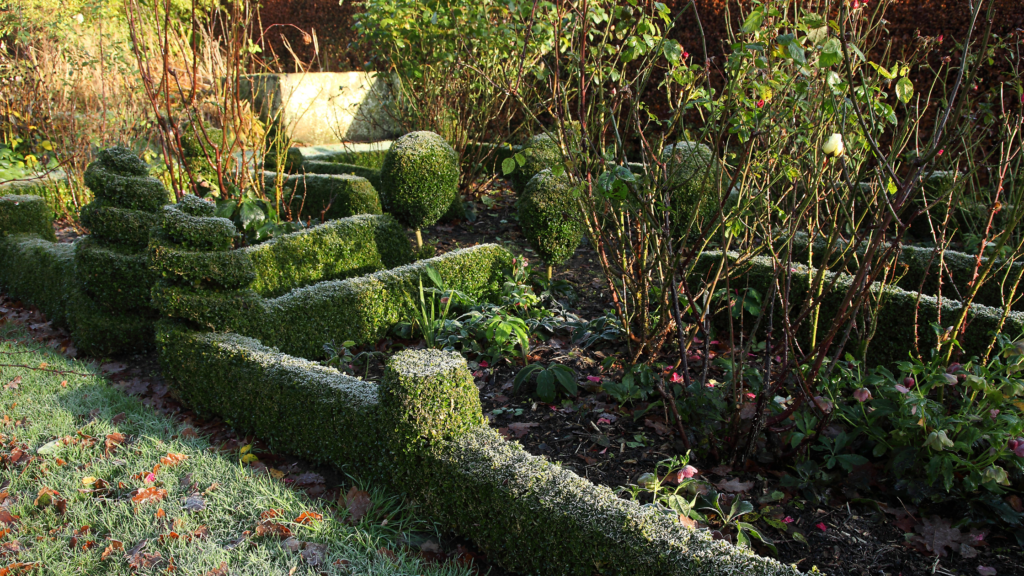What Is Spring Lawn Care
What Is Spring Lawn Care? A beautiful lawn can make so much difference on the look of your whole garden. A little spring lawn care routine can get your lawn back into shape. But what is spring lawn care? Simply cleaning the grass, feeding it with fertiliser, and dealing with all the bare patches like ugly weeds and moss can make such a huge impact on your overall garden look.Here are a few of the secrets to what an effective spring lawn care looks like:
- Regular mowing can be important. The correct mowing height and cutter height should also be inspected. It should be 2.5cm - 4cm for general lawns, 5cm for trodden lawns and 7.5cm for shaded lawns.
- Feed your lawn with fertiliser during the spring and then once again in summer to regain its strength, health and vigour.
- Use a lawn weedkiller to treat moss and weeds quickly and effectively.
- Deal with some bare patches immediately to prevent moss and weeds from taking hold.
- Use a scarifier to help ease the build-up of thatch layers in your lawn. Including debris, moss and all the dead grass.
- Aeration will also help relieve compaction. This allows the air to circulate around the lawn root system. It can also help in lawn drainage issues.
- Trim the edges of your lawn when you mow to keep crisp lines.
- Cut lawn with a half-moon edging to ensure they’re well-shaped.
- Remove dead grass, thatch and other debris by using a scarifier to prevent healthy grass growth.
- Aerate your lawn in early spring using a garden fork or hollow -tined aerator. This will improve drainage and reduce waterlogging.
- Add top dressing after aerating to improve drainage too.
- Water your grass if it needs it. Water the roots thoroughly to avoid drought damage.









